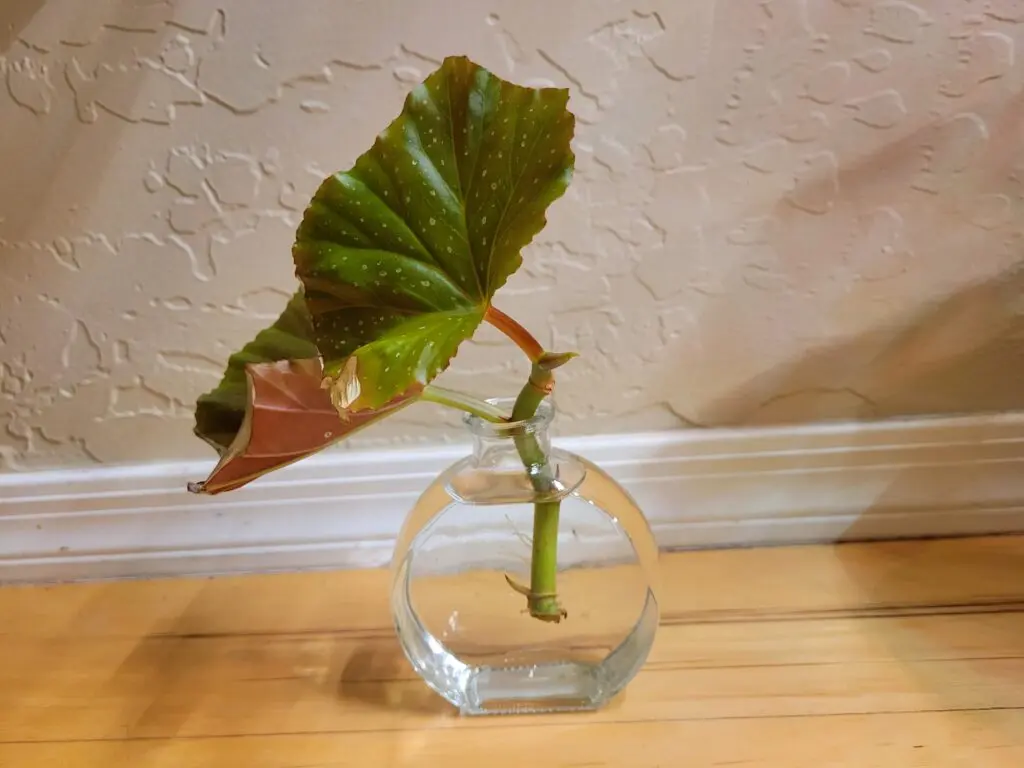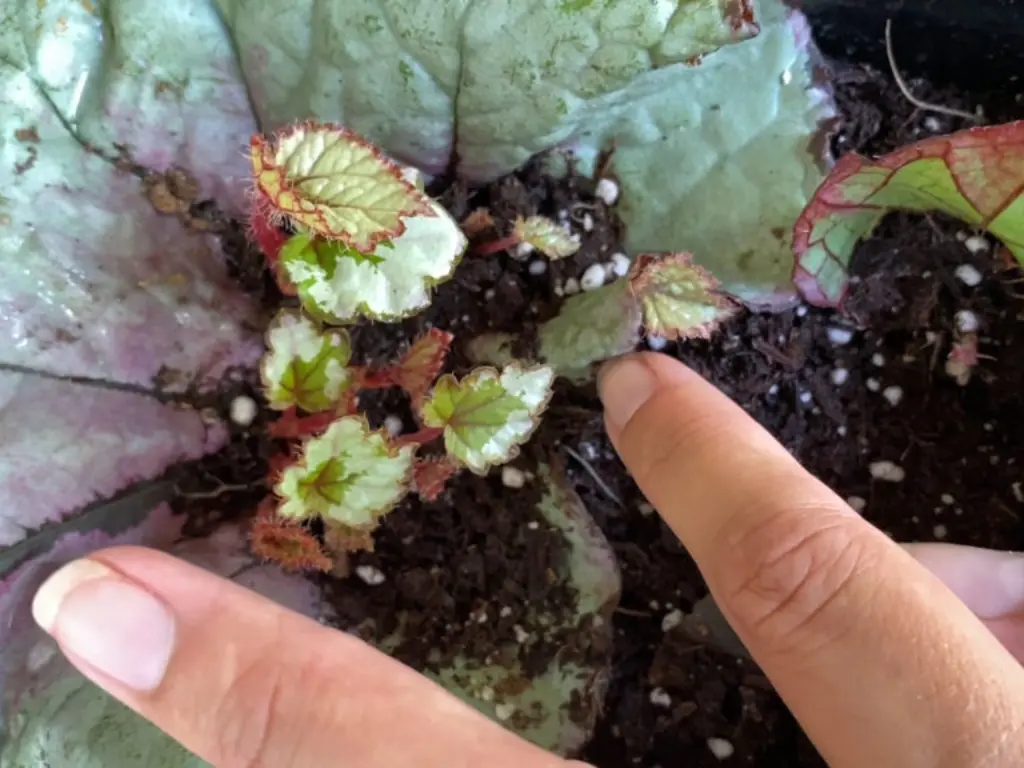Guides
How to Propagate Begonias: Easy Methods for Thriving Plants
Have you ever wondered how to propagate begonias and grow more of these beautiful plants in your garden? Whether you’re a beginner or an experienced gardener, propagating begonias can be an incredibly rewarding process. With the right techniques and a bit of patience, you can easily expand your begonia collection and enjoy these stunning plants in your home or garden.
In this guide, we will walk you through step-by-step methods to propagate begonias, including stem cuttings, leaf cuttings, and seed propagation. We’ll also provide you with useful tips to ensure success in your propagation efforts. By the end of this article, you’ll be well-equipped to propagate begonias with confidence and create a lush, thriving garden.
Understanding Begonias: Types and Characteristics
Before diving into propagation techniques, it’s important to understand the different types of begonias you might be working with. Begonias are diverse plants that come in various forms, each with unique characteristics. The most popular types of begonias include:
-
Rex Begonias: Known for their striking, colorful foliage, Rex begonias are often used for ornamental purposes in containers or as houseplants.
-
Rhizomatous Begonias: These begonias have thick, fleshy rhizomes that store nutrients and allow the plant to survive in low light conditions.
-
Tuberous Begonias: These begonias produce beautiful flowers in a wide range of colors and thrive in cooler climates.
-
Angel Wing Begonias: With their unique wing-shaped leaves, Angel Wing begonias are known for their attractive appearance and ease of care.
Read more:
- How to Grow and Care for White Angel Wing Begonia at Home
- Rare Begonia Rex Varieties: Discover Why They’re Worth the Effort
Understanding the type of begonia you are working with can help you determine the best propagation method for success.
Essential Tools and Materials for Begonia Propagation
Before you begin propagating your begonias, it’s important to gather the necessary tools and materials. Here’s what you’ll need:
-
Sharp, clean scissors or pruning shears: To make clean cuts on your begonia stems or leaves.
-
Rooting hormone: Optional but recommended to encourage faster root growth.
-
Well-draining potting mix: A light, well-draining mix like peat, perlite, or sphagnum moss is ideal for begonia propagation.
-
Small pots or containers: To plant the cuttings or seeds.
-
Plastic bags or humidity domes: To create a humid environment for cuttings to root.
-
Grow lights (if necessary): If you don’t have a sunny spot for your cuttings, using grow lights can help.
Having the right materials will ensure your begonia propagation process goes smoothly and your new plants have the best chance of thriving.
Step-by-Step Guide to Propagating Begonias
Now that you have your tools ready, let’s dive into the different methods for propagating begonias.
1. Stem Cuttings Method

Stem cuttings are one of the most common and easiest ways to propagate begonias. Here’s how to do it:
-
Choose a healthy begonia: Select a plant that’s thriving and free from disease. Cut a 4-6 inch piece of stem just below a leaf node (the point where leaves emerge from the stem).
-
Remove lower leaves: Strip off any leaves that would be submerged in the soil, leaving 2-3 leaves at the top.
-
Dip in rooting hormone (optional): While not required, using rooting hormone can help speed up the rooting process.
-
Plant the cutting: Place the cutting in a small pot filled with well-draining potting mix, ensuring the cut end is buried in the soil.
-
Water and cover: Water the cutting lightly and cover it with a plastic bag or humidity dome to maintain moisture. Keep the cutting in a warm area with indirect sunlight.
Within a few weeks, you should start to see roots forming, and in a few months, your new begonia will be ready to transplant into a larger container or your garden.
2. Leaf Cuttings Method

If you have a begonia with large, healthy leaves, you can propagate it by cutting the leaf itself. Follow these steps:
-
Select a healthy leaf: Choose a mature, healthy leaf that isn’t damaged or diseased.
-
Cut the leaf into sections: Slice the leaf into smaller sections, each containing at least one major vein. These sections will grow new roots and shoots.
-
Place the leaf cuttings on the soil: Lay the leaf sections flat on the surface of well-draining potting soil. Gently press them into the soil so they stay in place.
-
Cover and keep humid: Cover the pot with a plastic bag or humidity dome, and place it in a warm, indirect light location.
Leaf cuttings may take a little longer to root than stem cuttings, but they can be very effective when done correctly.
3. Seed Propagation
Propagation from seeds is another way to grow begonias, although it can be a bit more challenging. Here’s what you need to do:
-
Prepare your seed-starting mix: Use a fine, well-draining mix like peat or perlite for seed propagation.
-
Sprinkle the seeds on top: Begonia seeds are very small, so don’t cover them with soil. Simply sprinkle them evenly over the surface of the mix.
-
Mist with water: Lightly mist the seeds with water to moisten them, but don’t flood the soil.
-
Cover and maintain humidity: Place a plastic cover or humidity dome over the seed tray and keep it in a warm, bright location with indirect light.
-
Wait for germination: Begonia seeds can take several weeks to germinate. Keep the soil consistently moist but not soggy.
Once your seeds have germinated, you can transplant the seedlings into individual pots as they grow larger.
Common Mistakes to Avoid When Propagating Begonias
While propagating begonias is relatively easy, there are a few common mistakes that can hinder success. Be sure to avoid these errors:
-
Overwatering: Begonias are sensitive to root rot, so it’s important not to keep the soil too wet. Always let the top inch of soil dry out before watering again.
-
Exposing cuttings to direct sunlight: Too much direct sunlight can scorch your cuttings and prevent them from rooting. Always keep them in a bright but indirect light spot.
-
Not maintaining humidity: Begonias need a humid environment to thrive. If the air is too dry, they won’t root effectively. Using a humidity dome or plastic bag can help.
Frequently Asked Questions (FAQs)
-
Can I propagate begonias in water?
Yes, begonias can be propagated in water, especially using stem cuttings. Place the cutting in a jar of water and wait for roots to form before transplanting it into soil.
-
What is the best time to propagate begonias?
The best time to propagate begonias is during the spring or early summer when the plant is actively growing. This gives the cutting the best chance to root successfully.
-
How long does it take for begonia cuttings to root?
Rooting usually takes about 2-4 weeks, depending on the method and conditions. Make sure to keep the cuttings in a warm, humid environment to encourage fast root growth.
-
Can I propagate begonia from a single leaf?
Yes, begonia leaves can be propagated. Simply cut the leaf into sections and lay them flat on the soil. Each section can grow into a new plant.
Conclusion
Begonia Propagation is a fantastic way to grow more begonias and share the beauty of these plants with others. Whether you choose to propagate through stem cuttings, leaf cuttings, or seeds, the process can be enjoyable and rewarding. By following the tips and methods outlined in this guide, you’ll be well on your way to creating a thriving begonia garden. Remember to be patient and provide your cuttings with the proper care, and you’ll soon have an abundance of beautiful begonias to enjoy. Happy gardening!


Swedish Ivy Care: How to Grow a Healthy, Thriving Plant
Have you ever looked at your Swedish Ivy and wondered why the leaves are turning [...]
Nov
Avoid These 10 Garlic Planting Mistakes for Bigger, Healthier Bulbs
Growing garlic at home is one of the most satisfying things a gardener can do [...]
Nov
How to Prevent Christmas Cactus Bud Drop: Tips for a Healthy Bloom
Have you ever noticed your beautiful Christmas cactus (Schlumbergera) starting to lose its buds just [...]
Nov
Discover 7 Stunning Types of Night-Blooming Cereus
Have you ever waited for a flower that only opens at night and then disappears [...]
Nov
How to Propagate Comfrey from Root Cuttings: Easy Guide for Beginners
If you’re looking to grow your own healthy comfrey plants without spending too much, propagating [...]
Nov
10 Best Christmas Plants to Gift This Holiday Season
The holiday season is finally upon us, and if you’re searching for the perfect gift [...]
Oct